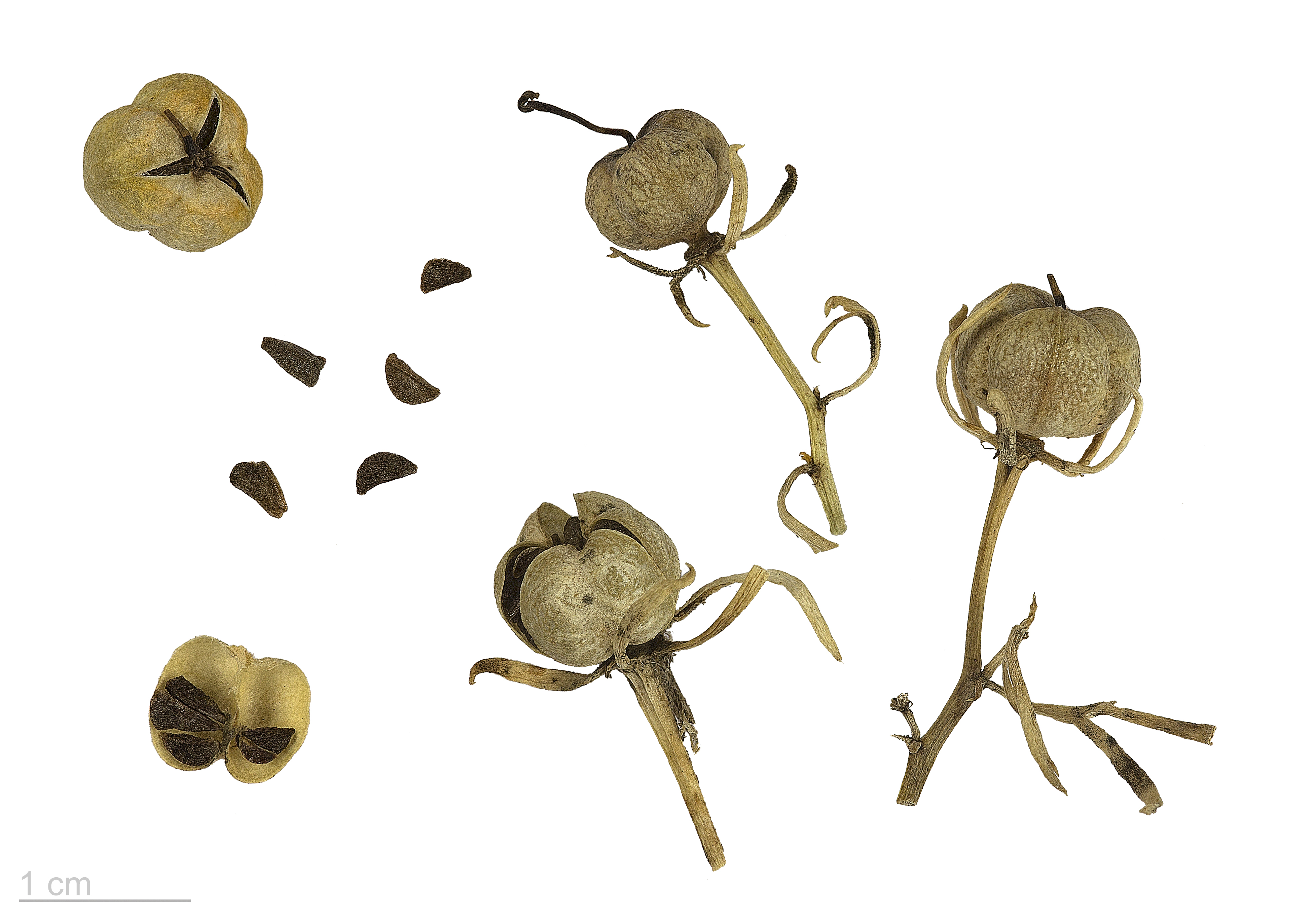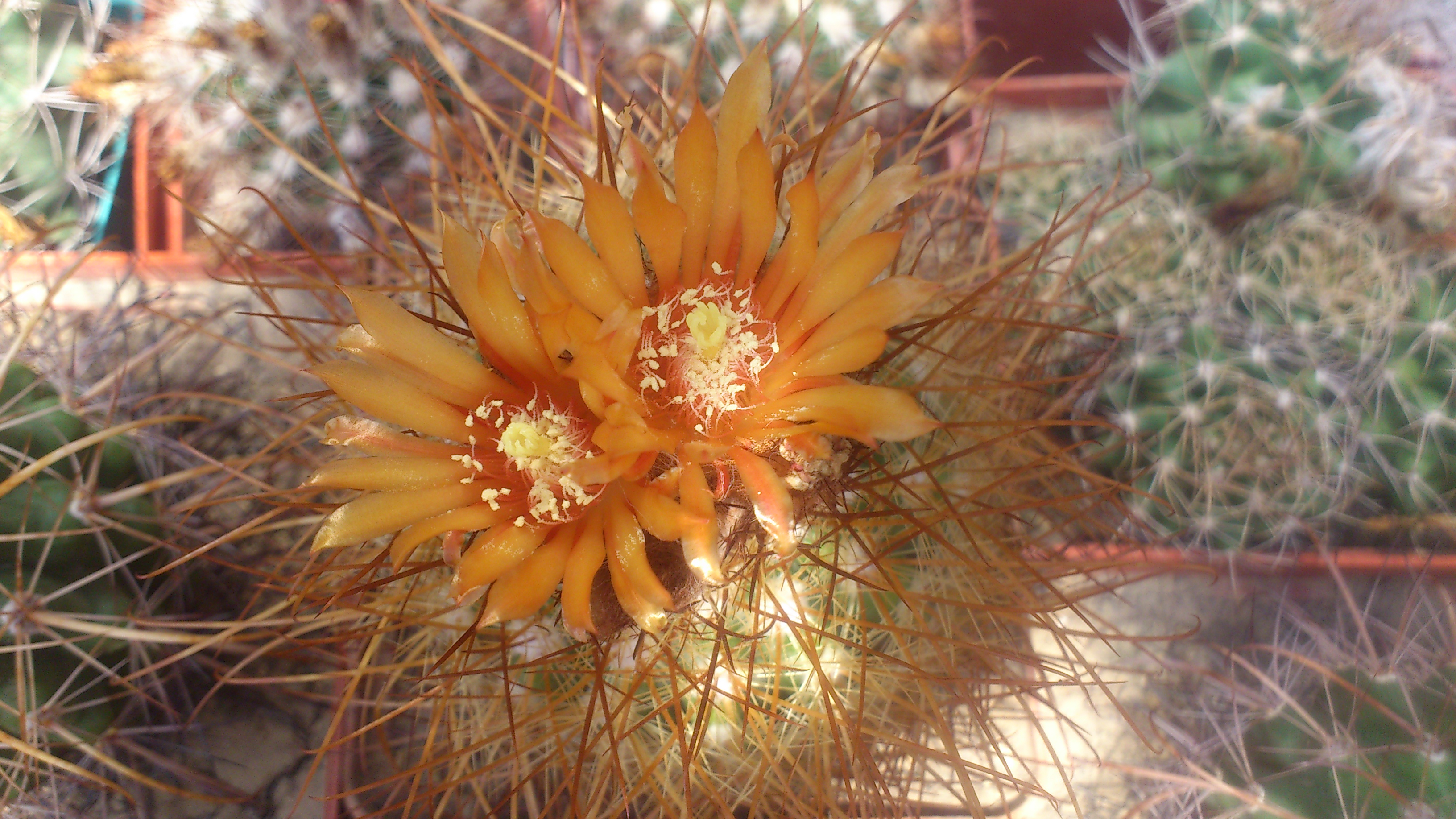|
Nitrariaceae
Nitrariaceae is a family of flowering plants in the order Sapindales. It comprises four genera, ''Malacocarpus'', ''Nitraria'', ''Peganum'' and ''Tetradiclis'', totalling 19 species. The family's main range is in the arid and semi-arid regions from Central Asia west to North Africa and southern Europe, but there are also species in eastern Mexico and southern Australia Australia, officially the Commonwealth of Australia, is a Sovereign state, sovereign country comprising the mainland of the Australia (continent), Australian continent, the island of Tasmania, and numerous List of islands of Australia, sma .... References Sapindales families {{sapindales-stub ... [...More Info...] [...Related Items...] OR: [Wikipedia] [Google] [Baidu] |
Nitrariaceae
Nitrariaceae is a family of flowering plants in the order Sapindales. It comprises four genera, ''Malacocarpus'', ''Nitraria'', ''Peganum'' and ''Tetradiclis'', totalling 19 species. The family's main range is in the arid and semi-arid regions from Central Asia west to North Africa and southern Europe, but there are also species in eastern Mexico and southern Australia Australia, officially the Commonwealth of Australia, is a Sovereign state, sovereign country comprising the mainland of the Australia (continent), Australian continent, the island of Tasmania, and numerous List of islands of Australia, sma .... References Sapindales families {{sapindales-stub ... [...More Info...] [...Related Items...] OR: [Wikipedia] [Google] [Baidu] |
Sapindales
Sapindales is an order of flowering plants. Well-known members of Sapindales include citrus; maples, horse-chestnuts, lychees and rambutans; mangos and cashews; frankincense and myrrh; mahogany and neem. The APG III system of 2009 includes it in the clade malvids (in rosids, in eudicots) with the following nine families: *Anacardiaceae *Biebersteiniaceae *Burseraceae *Kirkiaceae *Meliaceae *Nitrariaceae (including Peganaceae and Tetradiclidaceae) *Rutaceae *Sapindaceae *Simaroubaceae The APG II system of 2003 allowed the optional segregation of families now included in the Nitrariaceae. In the classification system of Dahlgren the Rutaceae were placed in the order Rutales, in the superorder Rutiflorae (also called Rutanae). The Cronquist system of 1981 used a somewhat different circumscription, including the following families: *Staphyleaceae *Melianthaceae * Bretschneideraceae *Akaniaceae *Sapindaceae *Hippocastanaceae *Aceraceae *Burseraceae *Anacardiaceae *Julianiace ... [...More Info...] [...Related Items...] OR: [Wikipedia] [Google] [Baidu] |
Peganum Harmala
''Peganum harmala'', commonly called wild rue, Syrian rue, African rue, esfand or espand,Mahmoud OmidsalaEsfand: a common weed found in Persia, Central Asia, and the adjacent areasEncyclopedia Iranica Vol. VIII, Fasc. 6, pp. 583–584. Originally published: 15 December 1998. Online version last updated 19 January 2012 or harmel, (among other similar pronunciations and spellings) is a perennial, herbaceous plant, with a woody underground root-stock, of the family Nitrariaceae, usually growing in saline soils in temperate desert and Mediterranean regions. Its common English-language name came about because of a resemblance to rue (to which it is not related). Because eating it can cause livestock to sicken or die, it is considered a noxious weed in a number of countries. It has become an invasive species in some regions of the western United States. The plant is popular in Middle Eastern and north African folk medicine. The alkaloids contained in the plant, including the seeds, ... [...More Info...] [...Related Items...] OR: [Wikipedia] [Google] [Baidu] |
Nitraria
''Nitraria'' is a genus of flowering plants in the family Nitrariaceae, native to Africa, Europe, Asia, Russia and Australia. There are about 9 species including: *''Nitraria billardierei'' DC., known as nitre bush or dillon bush *''Nitraria retusa ''Nitraria retusa'', commonly known as Nitre bush, is a salt-tolerant and drought-resistant shrub in the family Nitrariaceae. It can grow to heights of , although it seldom exceeds more than 1 m in height. It produces small white/green colou ...'' (Forssk.) Asch. *'' Nitraria schoberi'' L. *'' Nitraria sibirica'' Pall. In religions The Messenger of Allah(ﷺ) said, "The Last Hour will not come until the Muslims fight against the Jews, until a Jew will hide himself behind a stone or a tree, and the stone or the tree will say: 'O Muslim, there is a Jew behind me. Come and kill him,' but Al-Gharqad tree will not say so, for it is the tree of the Jews." Which means that in the Armageddon war , if a Jew hides behind any tree, ... [...More Info...] [...Related Items...] OR: [Wikipedia] [Google] [Baidu] |
Peganum
''Peganum'' L. is a genus under the recently separated family Nitrariaceae. Formerly it used to be included in the family Zygophyllaceae. Phylogeny and Species The genus has around five species, occurring in warm temperate to subtropical regions across the world: * ''Peganum harmala'' L. (Harmal or Syrian rue) — Mediterranean region east to China * ''Peganum mexicanum'' Gray — Mexico * ''Peganum multisectum'' (Maxim.) Bobrov — China, Mongolia * ''Peganum nigellastrum'' Bunge — China * ''Peganum texanum ''Peganum'' L. is a genus under the recently separated family Nitrariaceae. Formerly it used to be included in the family Zygophyllaceae. Phylogeny and Species The genus has around five species, occurring in warm temperate to subtropical reg ...'' M.E.Jones — southern North America Phylogenetic data suggests the following relationships: References Nitrariaceae {{Sapindales-stub ... [...More Info...] [...Related Items...] OR: [Wikipedia] [Google] [Baidu] |
Tetradiclis
''Tetradiclis'' is a genus of flowering plants belonging to the family Nitrariaceae. Its native range is Europe, Pakistan, Africa and Temperate Asia. Species: *''Tetradiclis corniculata'' *''Tetradiclis tenella'' References {{Taxonbar, from=Q17451902 Nitrariaceae Sapindales genera ... [...More Info...] [...Related Items...] OR: [Wikipedia] [Google] [Baidu] |
John Lindley
John Lindley FRS (5 February 1799 – 1 November 1865) was an English botanist, gardener and orchidologist. Early years Born in Catton, near Norwich, England, John Lindley was one of four children of George and Mary Lindley. George Lindley was a nurseryman and pomologist and ran a commercial nursery garden. Although he had great horticultural knowledge, the undertaking was not profitable and George lived in a state of indebtedness. As a boy he would assist in the garden and also collected wild flowers he found growing in the Norfolk countryside. Lindley was educated at Norwich School. He would have liked to go to university or to buy a commission in the army but the family could not afford either. He became Belgian agent for a London seed merchant in 1815. At this time Lindley became acquainted with the botanist William Jackson Hooker who allowed him to use his botanical library and who introduced him to Sir Joseph Banks who offered him employment as an assistant in his herba ... [...More Info...] [...Related Items...] OR: [Wikipedia] [Google] [Baidu] |
Malacocarpus Crithmifolius
''Parodia'' is a genus of flowering plants in the family Cactaceae, native to the eastern slopes of the Andes in northwestern Argentina and southwestern Bolivia and in the lowland pampas regions of northeastern Argentina, southern Brazil, eastern Paraguay, and Uruguay. This genus has about 60 species, many of which have been transferred from ''Eriocactus'', ''Notocactus'' and ''Wigginsia''. They range from small globose plants to tall columnar cacti. All are deeply ribbed and spiny, with single flowers at or near the crown. Some species produce offsets at the base. They are popular in cultivation, but must be grown indoors where temperatures fall below . Taxonomy and Systematics The first description was published in 1923 by the Italian-Argentinian botanist Carlos Luis Spegazzini. The genus is named after Domingo Parodi, one of the early investigators of the flora of Paraguay. The type species is ''Echinocactus microspermus''. Anatomical and morphological work by David Richard H ... [...More Info...] [...Related Items...] OR: [Wikipedia] [Google] [Baidu] |
Flowering Plant
Flowering plants are plants that bear flowers and fruits, and form the clade Angiospermae (), commonly called angiosperms. The term "angiosperm" is derived from the Greek words ('container, vessel') and ('seed'), and refers to those plants that produce their seeds enclosed within a fruit. They are by far the most diverse group of land plants with 64 orders, 416 families, approximately 13,000 known genera and 300,000 known species. Angiosperms were formerly called Magnoliophyta (). Like gymnosperms, angiosperms are seed-producing plants. They are distinguished from gymnosperms by characteristics including flowers, endosperm within their seeds, and the production of fruits that contain the seeds. The ancestors of flowering plants diverged from the common ancestor of all living gymnosperms before the end of the Carboniferous, over 300 million years ago. The closest fossil relatives of flowering plants are uncertain and contentious. The earliest angiosperm fossils ar ... [...More Info...] [...Related Items...] OR: [Wikipedia] [Google] [Baidu] |
Central Asia
Central Asia, also known as Middle Asia, is a subregion, region of Asia that stretches from the Caspian Sea in the west to western China and Mongolia in the east, and from Afghanistan and Iran in the south to Russia in the north. It includes the former Soviet Union, Soviet republics of the Soviet Union, republics of Kazakhstan, Kyrgyzstan, Tajikistan, Turkmenistan, and Uzbekistan, which are colloquially referred to as the "-stans" as the countries all have names ending with the Persian language, Persian suffix "-stan", meaning "land of". The current geographical location of Central Asia was formerly part of the historic region of Turkestan, Turkistan, also known as Turan. In the pre-Islamic and early Islamic eras ( and earlier) Central Asia was inhabited predominantly by Iranian peoples, populated by Eastern Iranian languages, Eastern Iranian-speaking Bactrians, Sogdians, Khwarezmian language, Chorasmians and the semi-nomadic Scythians and Dahae. After expansion by Turkic peop ... [...More Info...] [...Related Items...] OR: [Wikipedia] [Google] [Baidu] |
North Africa
North Africa, or Northern Africa is a region encompassing the northern portion of the African continent. There is no singularly accepted scope for the region, and it is sometimes defined as stretching from the Atlantic shores of Mauritania in the west, to Egypt's Suez Canal. Varying sources limit it to the countries of Algeria, Libya, Morocco, and Tunisia, a region that was known by the French during colonial times as "''Afrique du Nord''" and is known by Arabs as the Maghreb ("West", ''The western part of Arab World''). The United Nations definition includes Morocco, Algeria, Tunisia, Libya, Egypt, Sudan, and the Western Sahara, the territory disputed between Morocco and the Sahrawi Republic. The African Union definition includes the Western Sahara and Mauritania but not Sudan. When used in the term Middle East and North Africa (MENA), it often refers only to the countries of the Maghreb. North Africa includes the Spanish cities of Ceuta and Melilla, and plazas de s ... [...More Info...] [...Related Items...] OR: [Wikipedia] [Google] [Baidu] |
Europe
Europe is a large peninsula conventionally considered a continent in its own right because of its great physical size and the weight of its history and traditions. Europe is also considered a Continent#Subcontinents, subcontinent of Eurasia and it is located entirely in the Northern Hemisphere and mostly in the Eastern Hemisphere. Comprising the westernmost peninsulas of Eurasia, it shares the continental landmass of Afro-Eurasia with both Africa and Asia. It is bordered by the Arctic Ocean to the north, the Atlantic Ocean to the west, the Mediterranean Sea to the south and Asia to the east. Europe is commonly considered to be Boundaries between the continents of Earth#Asia and Europe, separated from Asia by the drainage divide, watershed of the Ural Mountains, the Ural (river), Ural River, the Caspian Sea, the Greater Caucasus, the Black Sea and the waterways of the Turkish Straits. "Europe" (pp. 68–69); "Asia" (pp. 90–91): "A commonly accepted division between Asia and E ... [...More Info...] [...Related Items...] OR: [Wikipedia] [Google] [Baidu] |


.png)

.png)